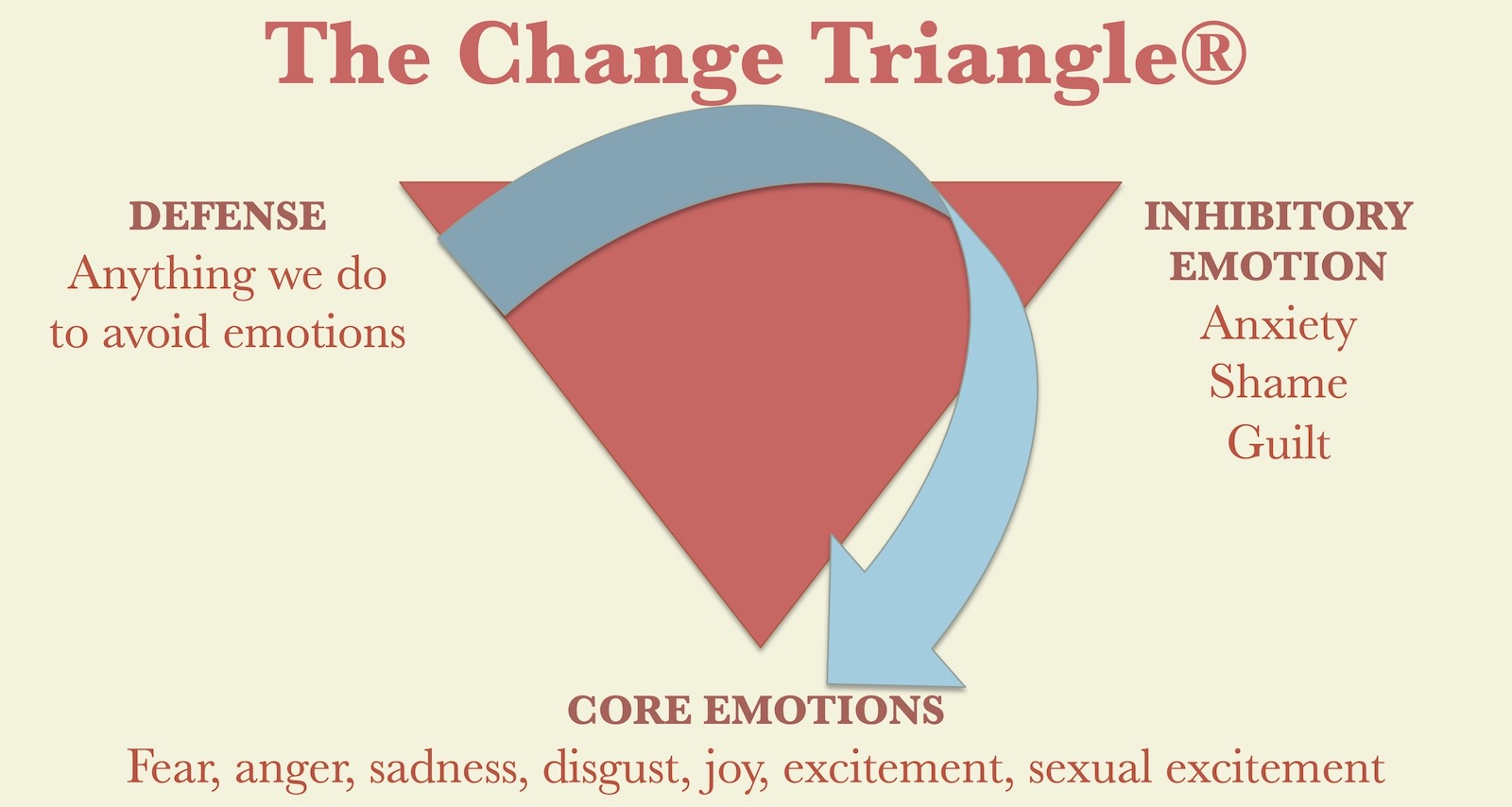It’s Not Always Depression by psychotherapist Hilary Jacobs Hendel provides a compassionate, insightful look at how unprocessed emotions manifest in depression, anxiety, addictions, and other struggles. Hendel explains why simply overriding difficult feelings with positivity or medication often backfires, instead arguing for the importance of embracing all emotions.
Drawing on case studies from her therapy practice, academic research, and personal experience, Hendel makes the case that many conditions diagnosed as depression or anxiety are actually signs of blocked emotional processing. Suppressing “negative” emotions like anger, fear, and sadness disconnects us from our inner lives, while releasing these feelings provides space for joy, authenticity, and connection.

Blending clinical wisdom with memoir and actionable exercises, It’s Not Always Depression teaches key concepts like:
- Emotional awareness and expression are learnable skills
- All emotions serve an adaptive purpose and provide information, not weakness
- Releasing past emotional energy can relieve present symptoms
- Safe spaces and compassionate witnesses support emotional processing
- Childhood attachment patterns shape emotional habits
Hendel’s insightful questioning and curiosity provide a model for how we can approach our own emotions with nuance and care. While acknowledging the role of biology, she empowers readers to take an active role in emotional health through understanding the stories, triggers, and needs driving each feeling.
Key Insights
Some of the most impactful insights from It’s Not Always Depression include:
- Emotions want to move, not be suppressed: When we feel sadness, anger, or fear, these emotions seek expression, not containment. Pushing them down takes energy and causes strain.
- Emotions have a natural lifespan: If allowed to fully play out, emotions progress through stages of rising, peaking, falling, and resolving. Blocking any stage interrupts the cycle.
- Past emotional injuries resurface in the present: Long-buried feelings from childhood or past experiences manifest today through anxiety, numbness, or unexplained tears.
- Releasing emotions brings relief and energy: When emotions complete their natural cycle, they provide renewal, self-understanding, and capacity for joy.
- We need compassionate witnesses: Supportive, nonjudgmental listeners allow us to fully feel and learn from our emotions without shame.
- Childhood shapes emotional patterns: How our caregivers responded to emotions teaches unconscious habits of emotional repression or avoidance.
Hendel argues most psychiatric conditions are best understood through the lens of blocked emotional processing, not defective brains. While medication has a role in treatment, truly transformative healing comes from engaging with our emotions skillfully, not overriding them.
Exercises
It’s Not Always Depression provides concrete practices and emotional skills to try, including:
- Notice signs of emotional suppression: Physical cues like knotted stomach, tight chest, or numbness indicate blocked feelings. Track these signals in a journal.
- Observe emotion nonjudgmentally: Without labeling a feeling as good or bad, study its physical manifestations and patterns in your body.
- Get curious about your emotions: Approach feelings with openness and interest. Ask what they are trying to express or protect.
- Sit with discomfort: Rather than distracting from unpleasant emotions, make space to experience them fully without reacting or grasping for quick relief.
- Find safe witnesses: Share vulnerable emotions with trusted friends who can listen with empathy, not dismissal or excessive reassurance.
- Release through breath, sound, and movement: Free stuck energy through crying, yelling, trembling, and free-form dance.
Hendel also provides guided exercises to explore your emotional history, identify past trauma, and grieve unresolved feelings from childhood. Through consistent practice, these tools can inspire profound healing.
Conclusion
It’s Not Always Depression makes an energizing case that we can transform our inner lives through courage, emotional awareness, and the willingness to feel. Hendel syllably critiques quick fixes like positive thinking and antidepressants, instead emphasizing patience, nuance and investigating the stories beneath each emotion.
While some discussions of attachment theory and clinical terms get dense, Hendel’s compassionate voice and engaging case examples shine through. Her insights left me feeling more hopeful about addressing long-buried hurts and living a more authentic, connected emotional life. I highly recommend this book to anyone seeking to understand themselves on a deeper level.
Though an ongoing process, integrating our unresolved emotions leaves space for vulnerability, meaning, inner peace, and true joy. As Hendel eloquently states, “Once felt, grief, anger, terror, or shame pull back their veils to reveal hearts that long for more life.” This courageous book provides a map for the journey.
